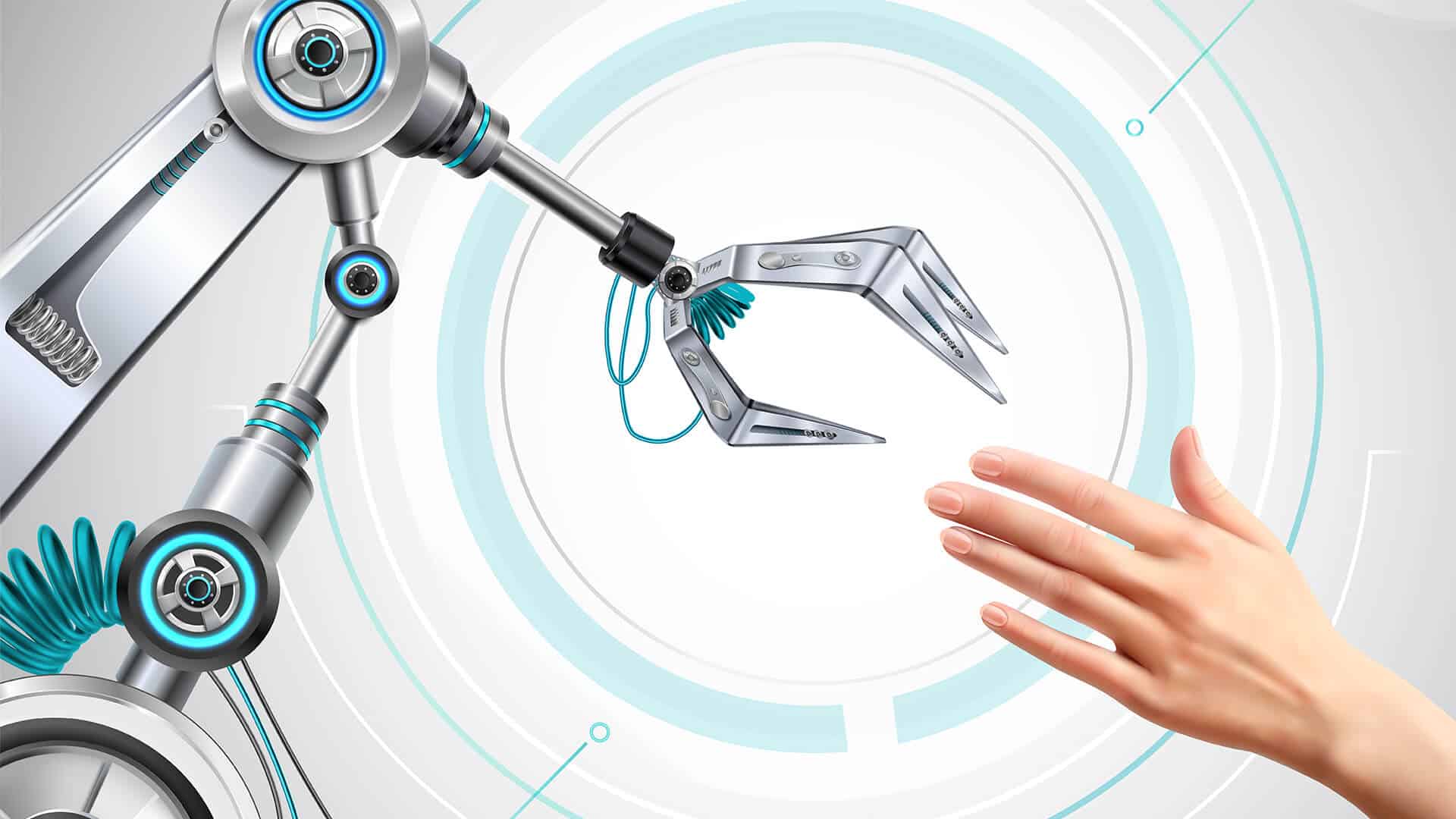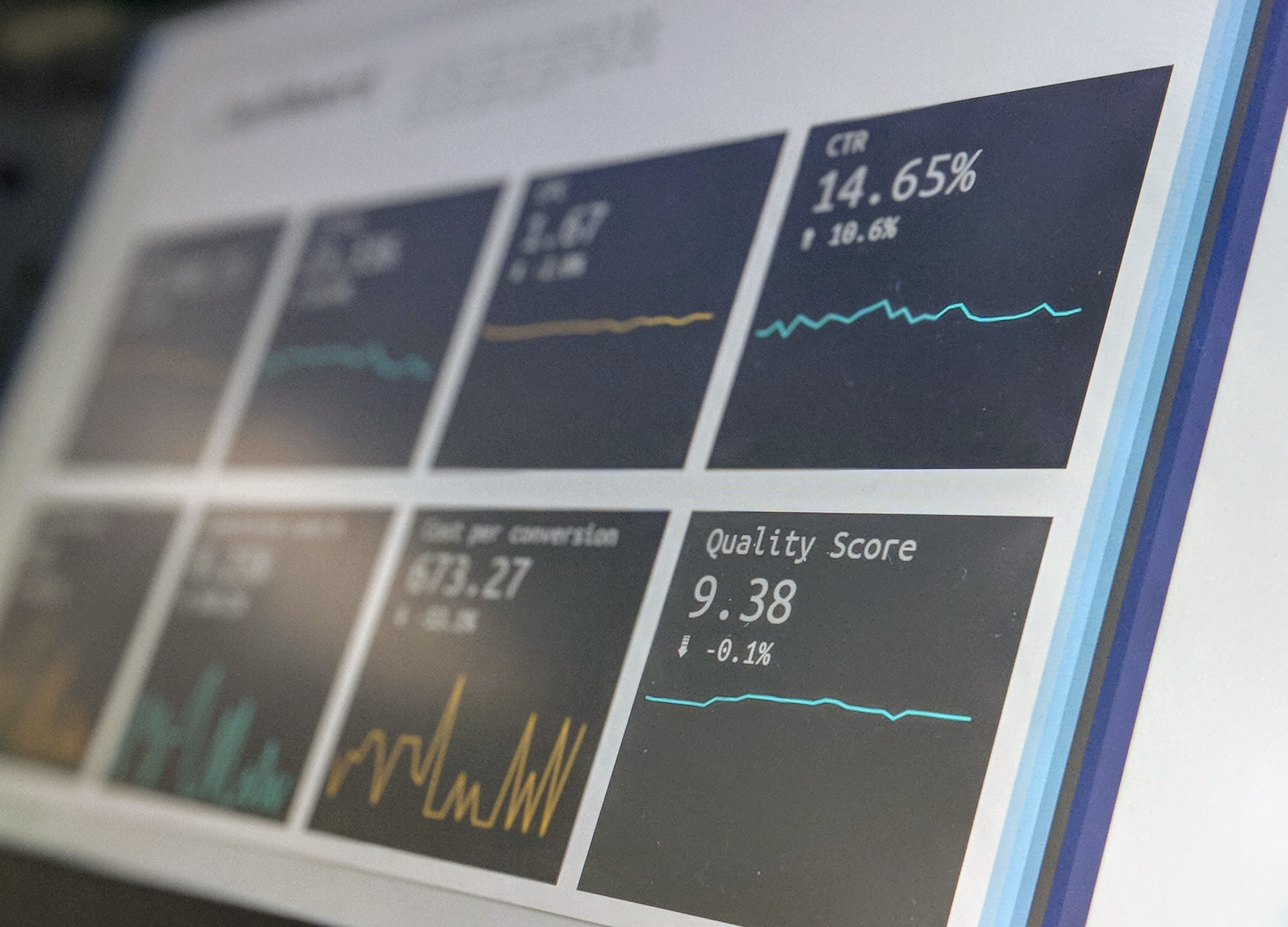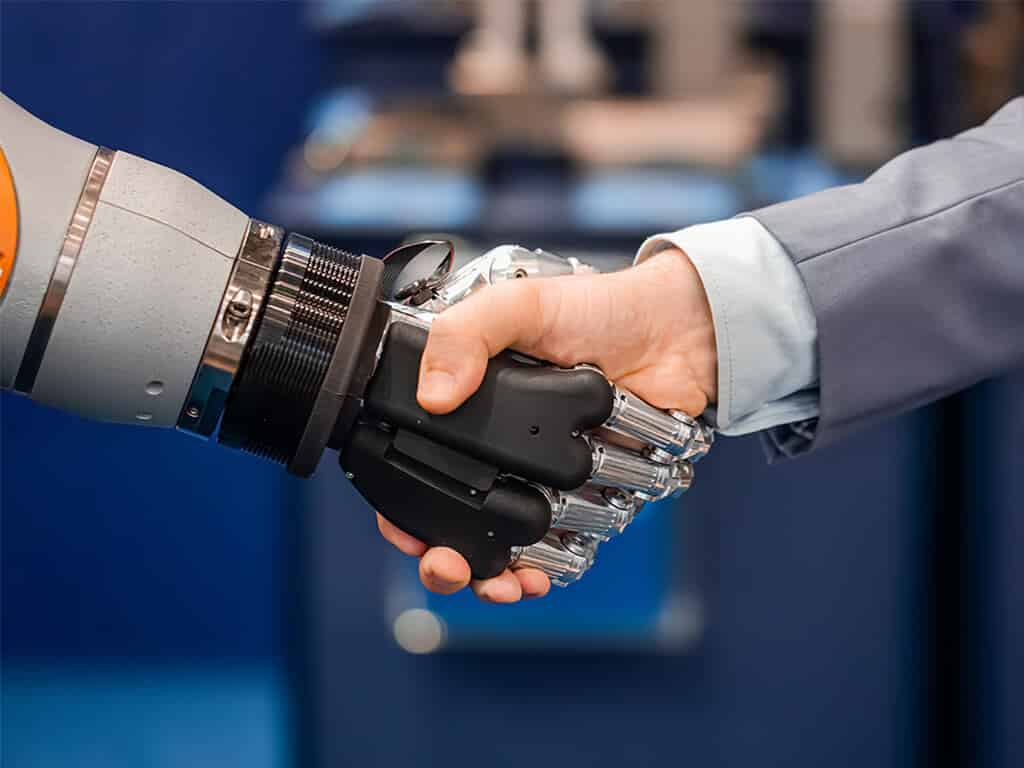AI has been generating a lot of buzz for a while now. But unlike some previous promising technologies, the breadth of applications of AI and the pace with which it is advancing seem to suggest it is living up to the hype
With each iteration, AI becomes much more capable in performing various tasks that include analyzing huge amounts of data, performing image processing and facial recognition, and learning how to solve certain narrowly defined tasks with minimal human input.
AI is now being used in many diverse applications including job applicant screening, medical diagnosis, traffic data analysis, advanced materials design, risk assessment, network security monitoring, language translation, and stock market trading. AI-based algorithms have also been shown to be capable of learning and solving problems in some situations when it was not expected to.
In particular, AI is now increasingly used to automate many tasks including those performed by robots. The stock of industrial robots in the U.S. and western Europe increased fourfold between 1993 and 2007. Among the industries that are expanding their use of robots, the largest adopters are the automotive industry (38% of existing robots), electronics industry (15%), plastics and chemicals (10%), and metal products (7%).
On the other hand, we expect that any new technology we adopt broadly will provide benefits to humans that far outweigh any adverse effects it comes bundled with. But because AI is increasingly becoming more capable of performing many different types of narrowly-defined tasks more efficiently, if not more accurately, than humans,
AI and automation’s potential to eliminate millions of jobs worldwide is generating widespread concern.
Will AI and Automation be the death knell of millions of jobs?
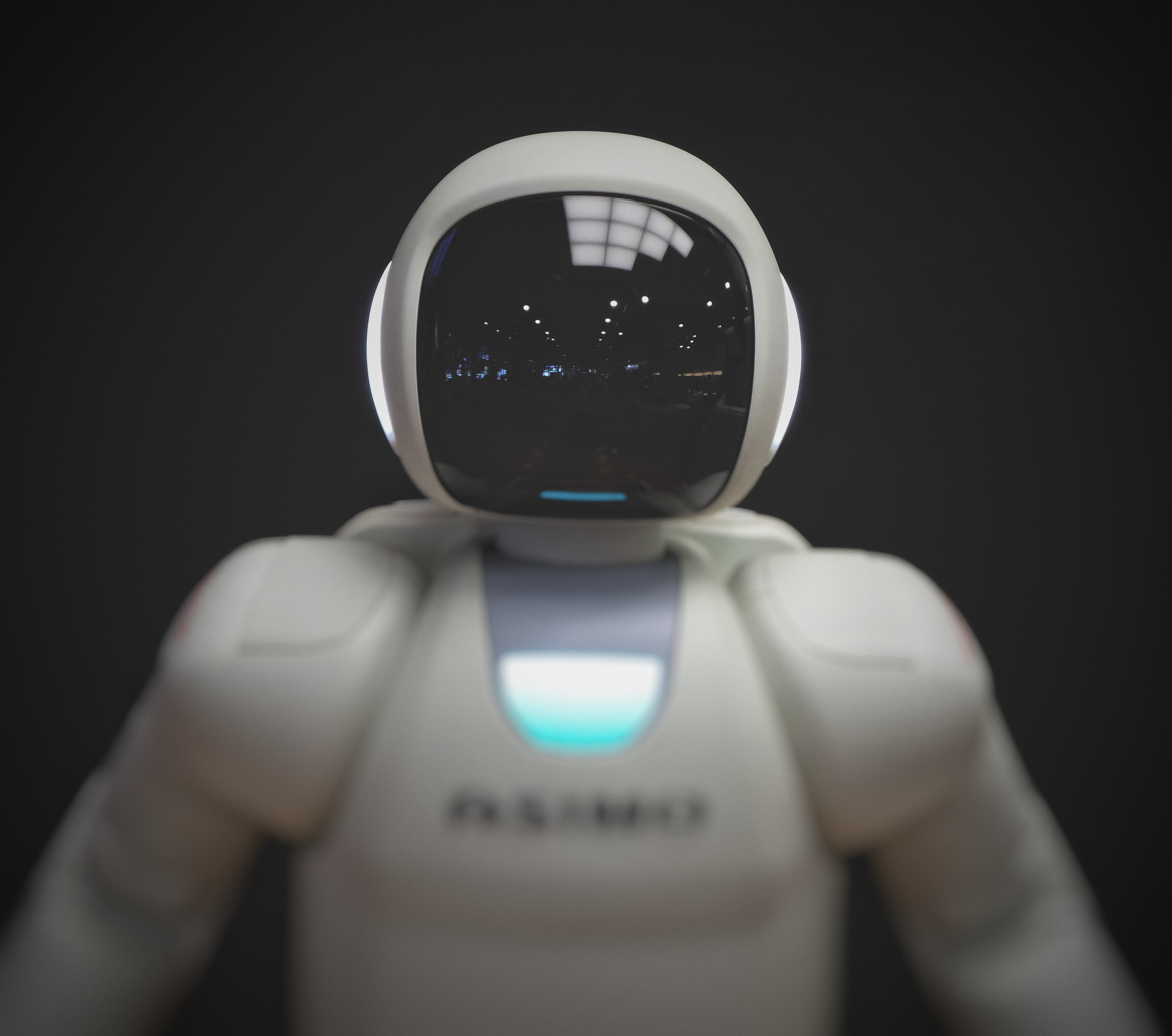
Some AI proponents argue that AI and robotics are not going to take away jobs from people. Instead, they assert that AI and automation will allow people to perform more meaningful tasks and escape the drudgery of routine and relatively low-level tasks that they perform every day. But recent studies paint a less rosy picture. In fact, opposing camps on the issue of AI and automation’s effects on jobs seem unlikely to change their stance even as AI and robotics’ advances fuel their increasing adoption across industries around the world.
The various challenges involved in predicting AI and automation’s impact on jobs were discussed by Frank et al. in a paper published last Mar. 2019 in the Proceedings of the National Academy of Sciences. Some of the hurdles the authors highlighted include the
- absence of high-resolution data that reflects changing job requirements with technological advances, as well as the lack of improvements to occupation skills data
- lack of empirically-informed models of primary microlevel processes such as substitution and human–machine complementarity and
- inadequate understanding of the interplay between AI-based technologies and broader economic and institutional processes or mechanisms such as urban migration and international trade policy.
Their articles presented the following findings:
- The impact of automation/robots varies depending on the industry and geographical region.
- In the 1993-2007 period, augmenting manufacturing with one additional robot per 1,000 workers in the US replaced an average of about 3.3 workers.
- The addition of robots in manufacturing provided benefits to people in other industries and in other parts of the U.S. by reducing, for example, the cost of goods.
- Surprisingly, companies in industries that quickly adopt the use of robots are likely to hire more workers.
- Companies that were slower to adopt the use of robots were more likely to experience job losses.
- From 2010 to 2015, employment within an industry dropped by 3.2 percent due to a 20-percentage point rise in the use of robots in manufacturing over the same period.
- The labor share of companies that did not add robots remained the same.
- Companies suffered a 2.5 percent drop in employment for every 10-percentage point increase in robot adoption by their competitors.
Whose prediction is correct?
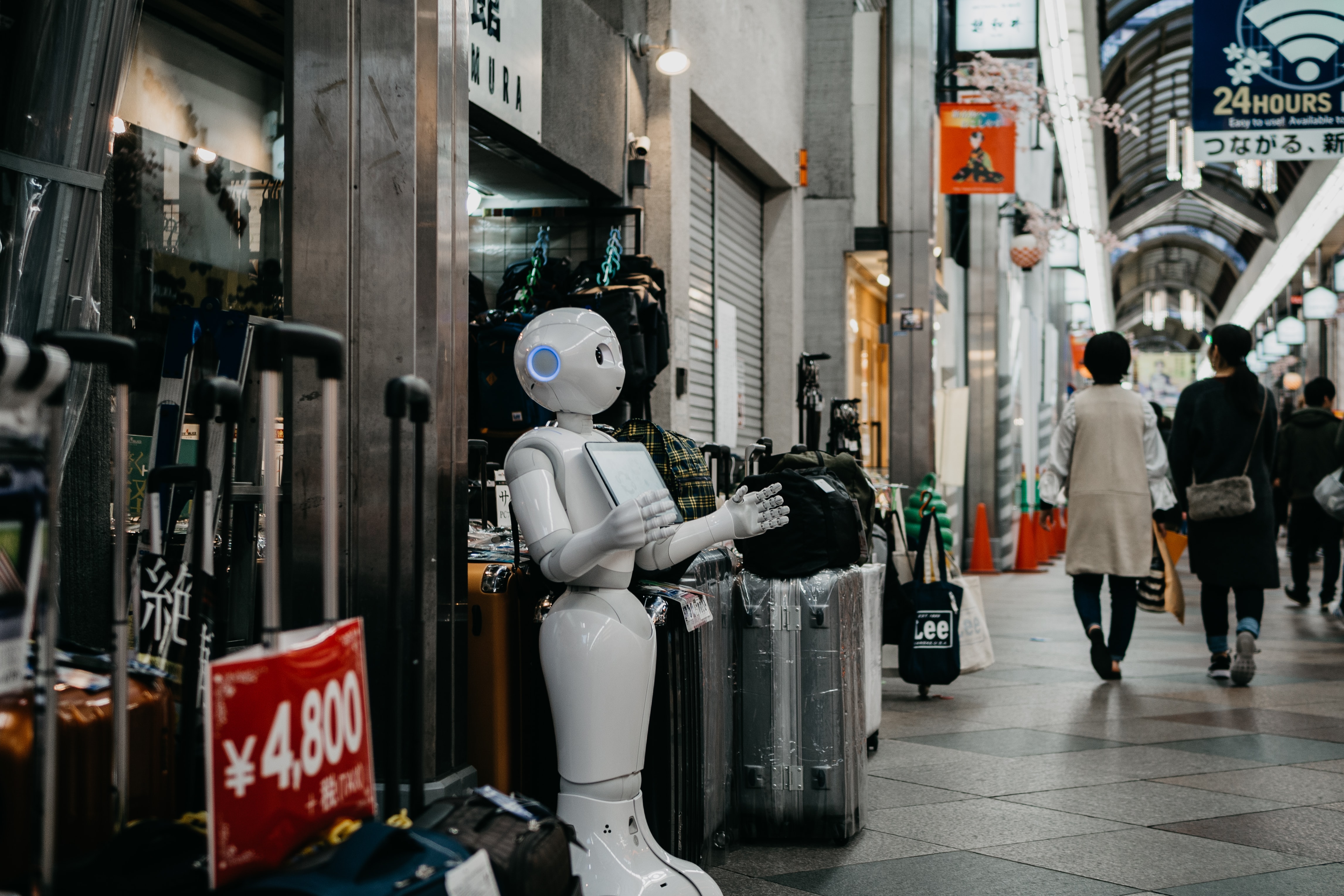
Acemoglu and Restrepo’s paper on the impact of industrial robots on the US labor market used data from the International Federation of Robotics (IFR). After the publication of Acemoglu and Restrepo’s articles, IFR asserted that Acemoglu and Restrepo’s findings were wrong.
IFR contends that increasing robotics use leads to a positive impact across the globe. They cited U.S. Bureau of Labor Statistics data from 2013-2018 that accordingly demonstrated a positive impact on the job market based on employment increase in the automotive industry (the largest robotic technology adopter) from 824,400 to 1,005,000 jobs during the same period.
Some would consider IFR’s criticism of Acemoglu and Restrepo’s work misleading. The likely subject of their criticism were Acemoglu and Restrepo’s two papers: (a) “Robots and Jobs: Evidence from US Labor Markets” (Apr. 2020), which was based on data covering the 1990-2014 period; and (b) “Competing with Robots: Firm-Level Evidence from France” (Jan. 2020) based on data from 2010 to 2015 involving 55,390 French manufacturing companies.
The Bureau of Labor Statistics data that IFR cited were from 2013 to 2018, while Acemoglu and Restrepo’s two papers covered data from 1990-2015. Clearly, any conclusion from a comparison between two studies that covered different periods would be tenuous, if not unreliable. Also, simply because another study appears to contradict Acemoglu and Restrepo’s findings does not mean they were wrong or without merit.
Further, the mere fact that employment in the automotive industry (an industry that happens to be largest robotics user) rose from 2013 to 2018 does not by itself necessarily mean that it was due solely or primarily to robotics use by the automotive industry (unless IFR’s assertion was based on one or more published studies that support IFR’s claim). An increase in employment rate could also be due to factors apart from the use of robotics such as an increase in the number of newly-built factories.
MIT’s 2019 Report on the Impact of AI on the Future of Employment
Based on AI’s potential for serious unintended consequences to humans, MIT published a report in 2019 presenting several findings and conclusions on AI’s present and potential future impact on jobs. The following lists some of the striking findings presented in the report (“The Work of the Future: Shaping Technology and Institutions,” Fall 2019 Report, Massachusetts Institute of Technology):
- concerns about diminishing job opportunities in the future are neither misguided nor unfounded
- uncertainty regarding any real benefit afforded by technology to various groups of people is greater for minorities and women
- educated workers have received the highest earnings growth over the recent years and are less likely to face the same prospect of job shortage that other worker groups are likely to face
- automation and digitalization have made educated workers more productive by complementing their creativity, decision-making, and skills, but also made it easier to replace workers with less education
- pressure from significant population decrease in developed countries is predicted to accelerate greater integration of automation and robotics into the workplace
- technology has had little impact on the number of available manual and service jobs (which require physical motor skills, adaptability to changing conditions or events, personal interactions, etc.) performed by low-level workers, but they are also unlikely to find better-paying jobs
- mid-level workers are likely to suffer the highest exposure to job shortage
- call centers, back office operations, transcription and translation businesses, customer service, credit monitoring companies, and many financial management services companies are likely to be adversely affected by AI
A notable finding by the report is only highly-educated professionals will benefit the most from the increasing workforce digitalization. In contrast,
middle-skill workers, including minorities and women, are projected to face significant employment-related challenges.
In particular, middle-skill workers who do routine tasks that can be easily codified (e.g., administrative and office support, sales, repair and production jobs) are likely to be supplanted by AI.
In 2018, about 41% (64,230,000) of the entire U.S. labor force were professionals according to the US Bureau of Labor Statistics (BLS). Based on the MIT report, this means that many of the around 59% of the U.S. labor force (non-professionals) face highly uncertain job prospects based on their diminishing employability. Even if many of those 59% are able to find jobs in the future, they are more likely to land only low paying jobs.
What Does “More Meaningful Jobs” Really Mean?

Some AI proponents assert that AI will free us from routine, mundane tasks and thus make our jobs more meaningful, rather than eliminate them. But when people talk about “more meaningful jobs,” they normally refer to jobs or tasks that require a higher level of creativity or skills. By definition, those high-skill jobs or tasks are ones that most of the non-professionals are unlikely to be able to perform, at least at the same level as the professionals.
If most workers other than highly-educated ones (i.e., professionals) presently find it challenging to perform complex or complicated tasks, how can anyone expect that they will be able to do even more complicated tasks in the future? For example, many low-skill workers who have been doing manual or routine tasks most of their lives cannot be expected to suddenly transform into high-skilled workers simply because consumer AI-based software finally became widely-available for them to use, e.g., an AI-based CAD software that makes it easier to design novel cars or airplanes. And even if previous low-skill workers learned how to use an AI-based software, human creativity will still be required for the human-AI duo to produce something desirable and useful that neither human nor AI alone can generate within a reasonable period.
Humans workers are also saddled with the following limitations that an AI does not have:
- There is a limit to how much humans can learn during their lifetimes.
- It gets harder to learn new skills as workers get older.
- It is difficult to constantly keep up with the required new workplace skills and knowledge because the pace of technology advance keeps accelerating.
- Most people are not competent, skilled, or qualified to perform many high-skill level or complicated tasks that professionals perform, e.g., make medical diagnosis, analyze network security breaches, design complicated circuits, or design new drugs.
- Humans are prone to make mistakes that AI-based algorithms can learn to quickly identify and avoid most of the time.
- Humans’ efficiency is necessarily limited because they have to constantly deal with many daily distractions such as interpersonal conflicts, job-related and personal-related stress, family struggles, or health-related issues that an AI does not have to deal with.
- Finding ways to constantly provide workers with meaningful and reasonably-paying jobs is much harder than just preventing job loss.
- Humans will always need to eat, sleep, and rest.
In contrast, an AI has the potential to learn indefinitely. In fact, it remains largely unknown whether there is a limit to how much an AI can learn. AI is likewise proving to be capable of performing an increasing array of tasks previously done only by humans. Further, an AI does not get tired of learning, and it tends to learn much faster the more it learns.
Is continuous worker skill training a realistic long-term solution to the threat to jobs posed by AI and automation?
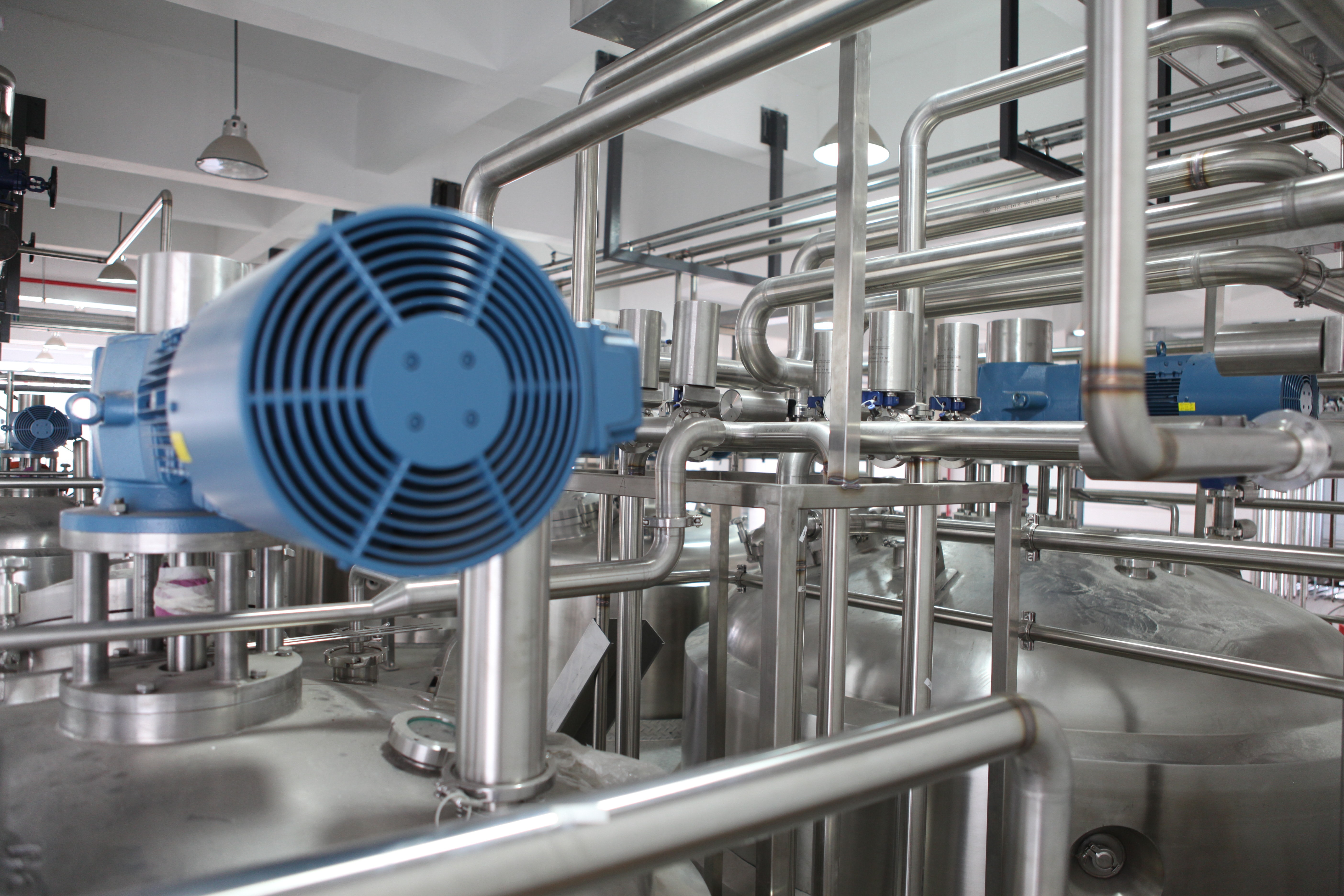
Is continuous skills training for workers, which some companies already provide, a feasible long-term solution to the threat posed by AI and automation to human jobs? Maybe to some extent. Again, there is a limit to how much and how fast humans can learn and improve that would allow them to keep making meaningful contributions to the businesses’ bottom line over many years even with constant retraining. The long-term of effectiveness of employee retraining assumes that humans can keep up with AI, and that AI does not keep exponentially learning more, faster, and indefinitely in the next many years. The fact is, nobody knows whether humans or the latest-generation of AI will create even more advanced AI that will render even the most productive and constantly-trained employees economically untenable.
For example, about 3.6 million people worked as drivers in 2017 according to the U.S. Bureau of Transportation Statistics. If many of them lost their jobs to self-driving vehicles years from now, what kind of retraining could governments around the world possibly provide that would allow them to find other jobs that have not already been lost to AI. As the MIT report mentioned, autonomous vehicle companies are recruiting more software engineers and “field autonomy technicians,” but it notes that these positions are unlikely to be given to the companies’ former drivers who have been laid off due to automation.
Already, keeping citizens meaningfully employed remains a major problem that governments across the globe must constantly contend with. And it is an issue that is probably only going to get worse in the future. Also, how many companies are willing to keep retraining their employees indefinitely when their competitors choose to increasingly rely on AI and automation at the expense of human workers to achieve greater productivity, consistency, and reliability, as well as allow quicker innovation rate? Businesses, after all, are driven by profits, not charity.
AI’s Impact on Skilled Workers’ Job Security
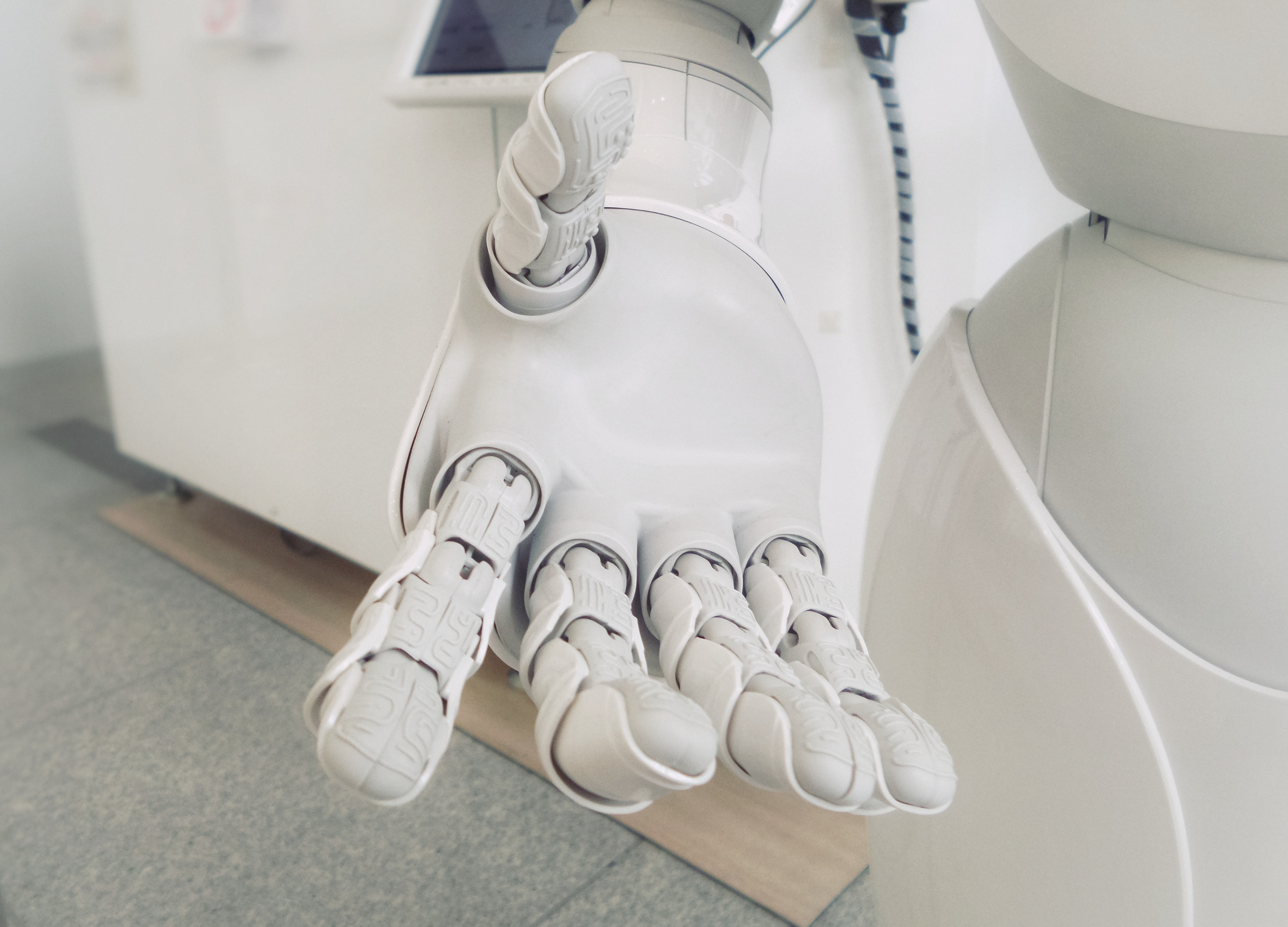
According to MIT’s 2019 Report, AI is projected to exert greater displacement effects on high-skill professional and technical workers compared to older generations of automation technology.
For example, with the advent of modular programming, human programmers will assume less vital roles. With modular programming, AI-based algorithms can learn how to combine specific programs or subroutines to create new algorithms for solving various types of problems more efficiently. An AI would also be able to scan enormous amounts of data at any time and monitor any new developments in real-time, continuously and more accurately and reliably than any human can without needing any breaks or sick and vacation leaves. And an AI can use that continuously compiled knowledge to create new knowledge, as well as create more advanced algorithms from the knowledge it compiled to make it smarter.
The same is true with other tasks such as network security monitoring. Microsoft, for example, now relies on AI to much more efficiently find ways not only to defend but also to root out sources of computer security breaches. And AI can scan data from 400 million up to possibly a billion Windows computers around the world to help protect them continuously, and in real-time, from hacking.
Consider AI’s much publicized newly-acquired skill in interpreting radiology scans with accuracy that rivals those of radiologists. The MIT report points out that even if AI-based algorithms exceed human’s ability to accurately interpret radiology data, it is unlikely for AI to replace human radiologists because interpreting MRI, positron emission tomography, X-ray radiology, and ultrasound images is just one of the many tasks that radiologists perform, e.g., proposing suitable treatment protocols, providing the necessary and delicate human touch when discussing a patient’s medical condition in person, and performing physical examinations but there is no fundamental reason why an AI would not be able to also come up with a treatment plan if sufficient radiology-related data are provided to an AI. Assuming AI has advanced to a certain level, it is quite possible that medical technicians, rather than radiologists themselves, would be able to perform radiology-related physical examinations with the help of an AI’s competent and professional-level guidance. A McKinsey study found that up to 45% of the tasks that workers presently do (corresponding to yearly wages of around $2 trillion) can be automated by existing technologies.
The issue is not whether an AI would be capable of analyzing medical data to come up with the best or suitable proposed treatment plan. What prevents AI from doing more now is the restricted access to sufficient medical data needed as input to the current generation of AI-based algorithms. Medical privacy concerns pose a significant stumbling block to broader exchange of medical data among various health providers and stakeholders. Also, the lack of interoperability among many medical data processing systems sold by different vendors makes things significantly more complicated. Add to this the unwillingness among various healthcare providers to share patient data. All these combined hurdles prevent AI-based medical use cases from advancing rapidly.
What Can Governments Do?

According to the title of an Economist article dated May 23, 2019, “[a]cross the rich world, an extraordinary jobs boom is under way.” But the argument that jobs are in fact being added as opposed to being lost to AI often fails to mention that companies are just beginning to incorporate AI into their business operations.
Once companies learn how to optimize their use of AI in their businesses, they are likely to achieve efficiencies far more than they were able to pre-AI. When that happens, many people’s fears regarding the threat that AI pose to our jobs may turn out to be well-founded after all.
So, what can governments around the world do to minimize AI’s potential adverse impact to future job availability? They need to act now.
Developed countries like Japan, Switzerland, Germany, Korea, Canada, UK, and Sweden have shown that the threat posed by AI may be manageable despite many well-founded and widespread concerns. To protect workers, these countries have invested heavily in worker skills and apprenticeship training, provided incentives to companies so they will hire more workers rather than reduce their number, and implemented social policies geared towards assisting displaced workers. In addition, governments need to invest heavily in upgrading education curriculum and providing financial assistance to technical or vocational schools to allow them to adequately train young and old workers so they can acquire new skills within a relatively short period to make them employable again.
Throughout history, humans have always found ways to adapt, even when faced with extreme odds.
Providing and protecting jobs is necessary to allow humans not only to survive but also to satisfy their innate and ever-present need for a sense of purpose and dignity, as well as their desire for more widely-distributed economic gains.
As the MIT report articulated: “Work has meaning and importance, for individuals and for society as a whole, that transcend the merely economic or financial. Work is a central human activity, critical to self-realization and social cohesion.”
